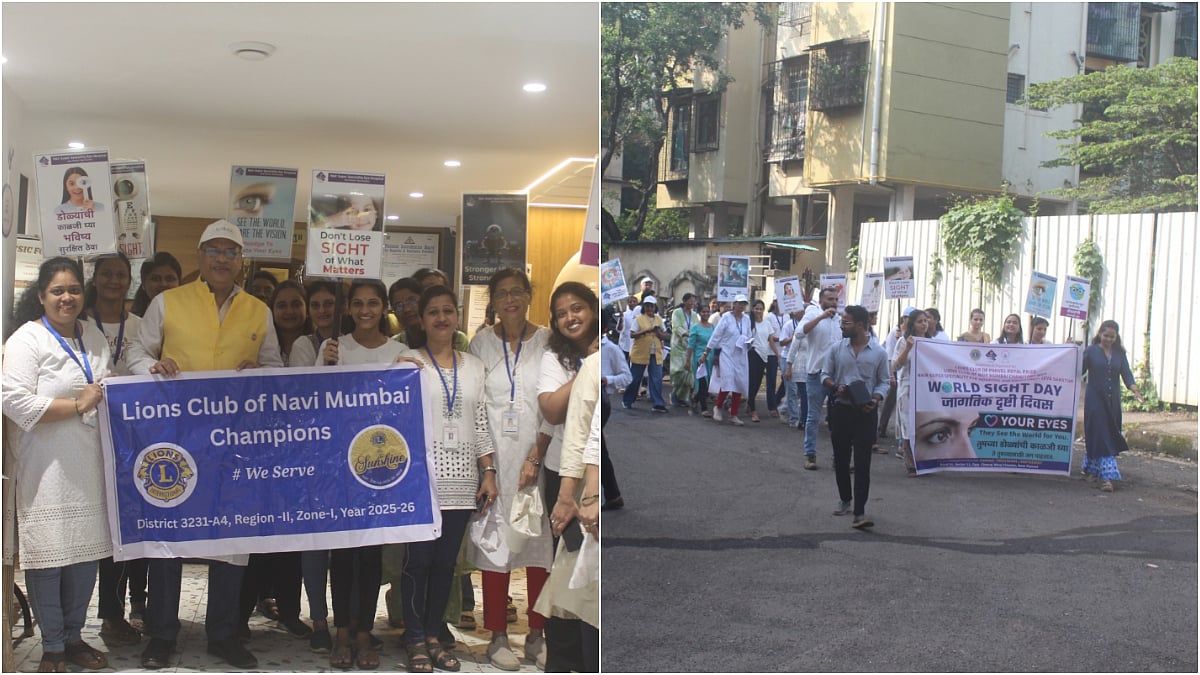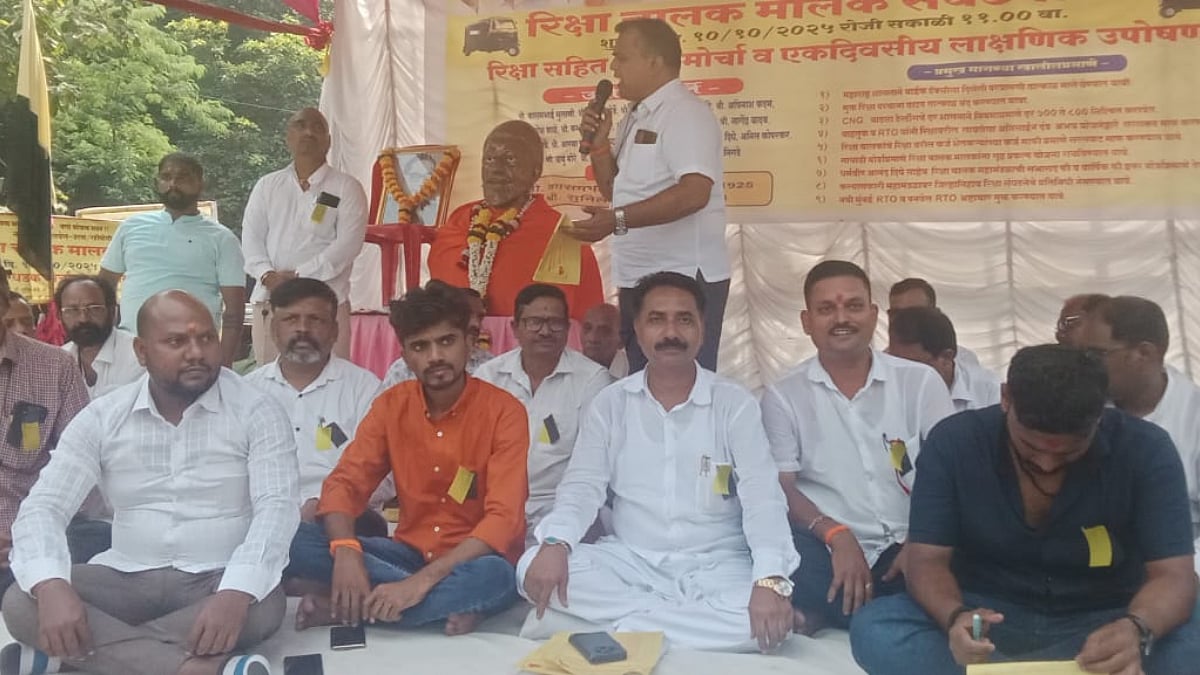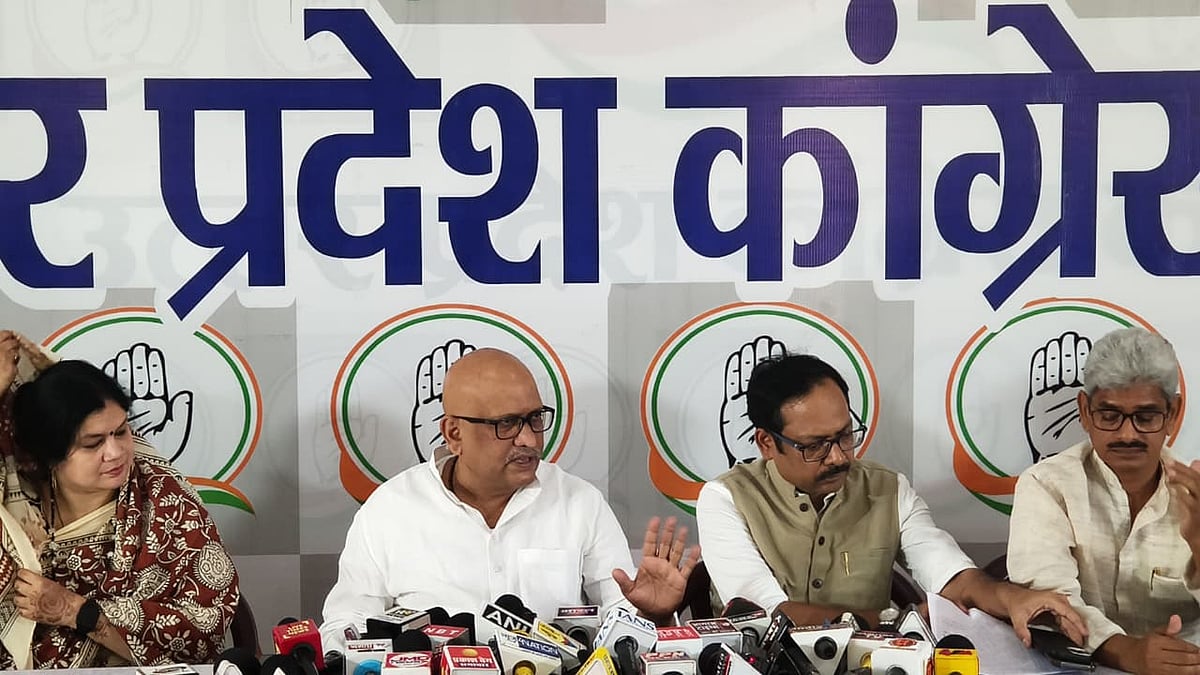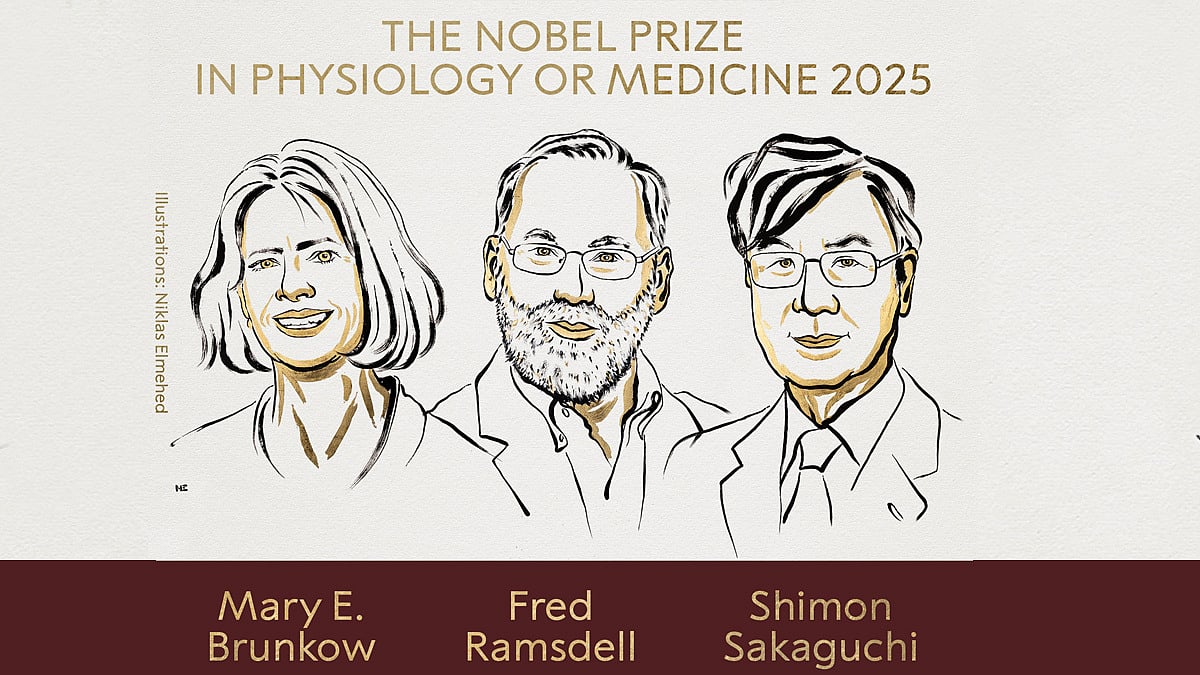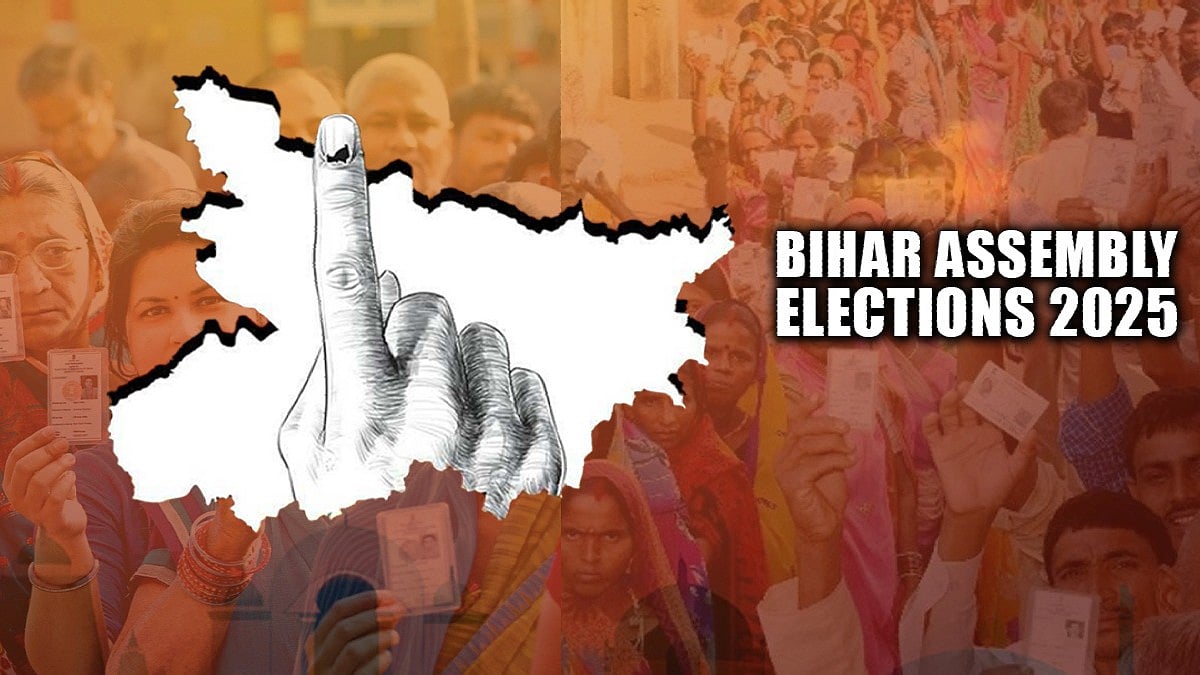When Prime Minister Narendra Modi launched the Goods and Services Tax at midnight in July 2017, he hailed it as a “Good and Simple Tax”, a reform to sweep away India’s patchwork of state levies and create a unified market.
Eight years later, India’s GST had evolved into one of the world’s most complicated indirect tax regimes. Five separate slabs, layered with cesses and exemptions, left firms struggling to interpret rules. Small businesses—the very group the GST was meant to help—found themselves mired in paperwork, filing multiple returns, and grappling with endless disputes over classification. It is this disillusionment the government now seeks to fix by collapsing multiple rates.
From Diwali this October, if the timetable holds, five separate slabs will be merged into two: 5 per cent and 18 per cent, with an eye-watering 40 per cent reserved for alcohol, tobacco and other “sin goods”. With several state elections on the horizon and consumer demand weakening under inflationary pressure, the move is carefully calibrated to appeal to households and businesses alike.
For households, it could mean cheaper essentials, while for small enterprises and artisans, it promises relief from punishing compliance. For big manufacturers, the move could help lower costs and spur demand.
Yet beneath the rhetoric lie deeper risks. For India, the reforms are as much about global positioning as domestic relief. Recent trade negotiations (while the UK has already signed, deals with the US and EU are under discussion) are forcing tariff reductions that will expose Indian producers to sharper international competition. Reports suggest India is prepared to cut its average tariff gap with the US by nearly nine percentage points, reducing the margin of protection for domestic manufacturers. In this context, lower GST rates are meant to soften the blow by trimming input costs.
Economists have long argued that India’s GST, complicated by multiple rates, cesses and exemptions, stifled efficiency and spawned endless disputes. By simplifying the structure, the government hopes to expand compliance and tap the Laffer curve effect, which translates into lower rates, a broader base, and rising revenues. With the expiry of the compensation cess to states, the Mandarins in the North Bloc believe a fiscal space to attempt this gamble has been created. However, even with the cuts, India’s GST rates remain higher than much of Southeast Asia, where VAT levels are in the single digits.
For states, the bigger worry is revenue. Compensation transfers will end in December, and with health and education budgets already stretched, fiscal stress could sharpen political fault-lines as GST incomes come down in the first year of the lower rate roll-out.
Politically, the symbolism is powerful. Cheaper basic goods and construction materials feed directly into the government’s welfare and housing narratives. But expectations are dangerous to raise. If the benefits are blunted by profiteering, delays or state-level pushback, the “Diwali gift” risks becoming a costly gamble.

